How are you feeling today? If the answer is anything other than "spectacular!" or "fantastic!", you're not alone. Many of us move through our days in a bit of a funk, struggling with low energy, melancholy moods, chronic aches and pains, or nagging worries. The good news is that small shifts in our lifestyles and mindsets can add up to make a big difference in how we feel physically and emotionally. As a nurse with over 20 years of experience, I'm passionate about empowering people to take charge of their own well-being. True healing happens from within, through nurturing and caring for ourselves in body, mind and spirit.
In this guide, we'll explore holistic techniques to help you tune into your needs, gain more energy, lift your spirits, quiet your mind, and actively pursue better health. When we make our well-being a priority and adopt holistic self-care routines, we can thrive in body and mind. Are you ready to start feeling like your best self? Let's begin!
Establishing A Holistic Self-Care Routine
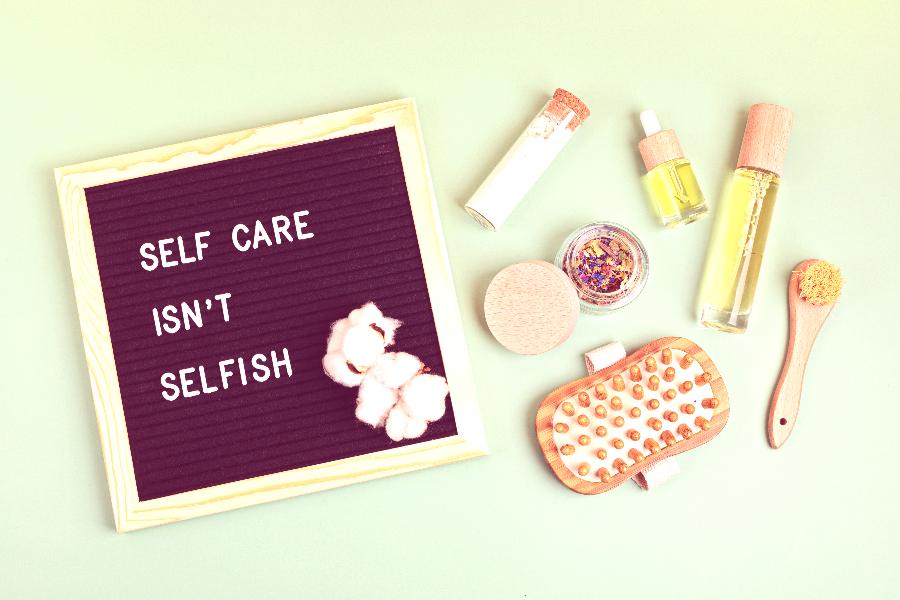
A holistic approach looks at us as whole people, recognizing that everything we do - from how we eat and move to how we manage stress - is interconnected. Making small adjustments across these different areas of life allows us to get the most benefit. To create an effective holistic self-care routine:
Focus on consistency
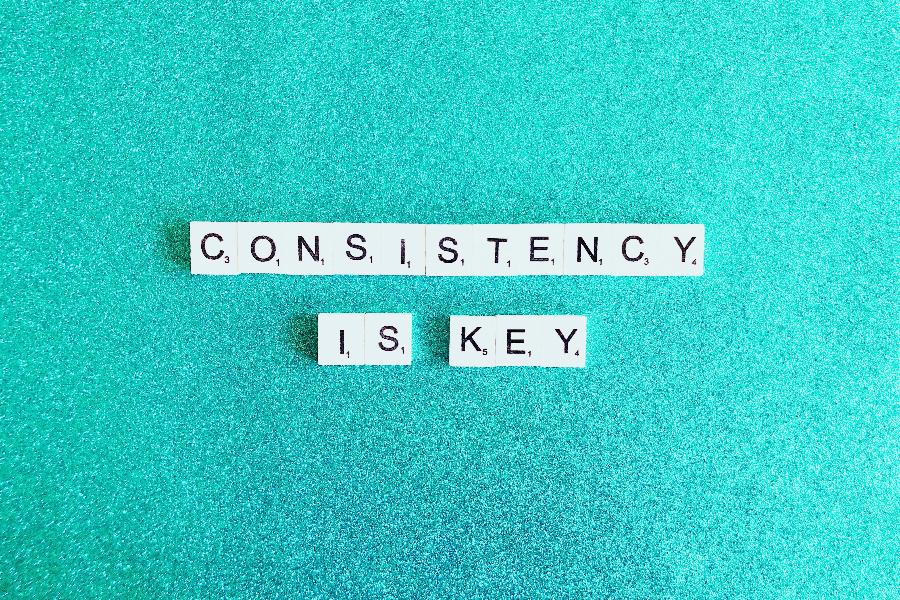
Committing to just a few minutes of self-care every day can be more powerful than longer, irregular practices. Set a sustainable routine, like 5-10 minutes in the morning and evening, to make self-care an automatic habit. Just meditating, stretching or journaling for a short consistent time enables the compound benefits. Don’t overcommit and burn out. Start small but stay consistent. Over time, those minutes add up to a transformation.
Building a habit takes repetition. Consistency strengthens neural pathways to make self-care instinctive over time. Imagine if you brushed your teeth only occasionally. It wouldn’t be as effective. Apply that same logic to self-care routines. A few minutes a day provides the continuity needed to ingrain positive patterns and make them stick.
Be flexible and listen to your body

It’s important to adjust your self-care routine based on your present-day needs and energy levels. Don’t force yourself into rigid plans. If you need more rest today, take it. If you feel stressed, add more mindful breathing. Learn your body’s signals. Seasonal changes, hormones and circumstances also affect needs. Tune in and refine your practices accordingly.
Rigidity works against sustainable self-care. Building in flexibility allows you to customize care based on how you feel. Think of it like dressing for the weather. Some days call for shorts, some days coats. Give yourself permission to adapt. Experiment to find what nourishes in each moment. Consistency provides a helpful foundation, while flexibility makes space for humanity. Meet your changing self-care needs.
Make self-care enjoyable

Choose relaxing and rejuvenating self-care activities that nourish your body, mind and spirit. Make self-care a treat, not a chore. Look forward to it by choosing practices you enjoy. Sip comforting tea, soak in an Epsom salt bath, craft, dance, cook a nourishing meal, or do other activities that enliven you.
When you appreciate the process of self-care, rather than viewing it as obligatory, it becomes sustainable. If you dread or avoid self-care, it won’t stick. So customize your routine with pleasures that stimulate your senses: soothing music, calming aromas, and beauty rituals that make your skin glow. Small joys reinforce self-care habits. Note when practices feel draining so you can try something new. Delight your spirit with nourishing care.
Take a whole-person approach
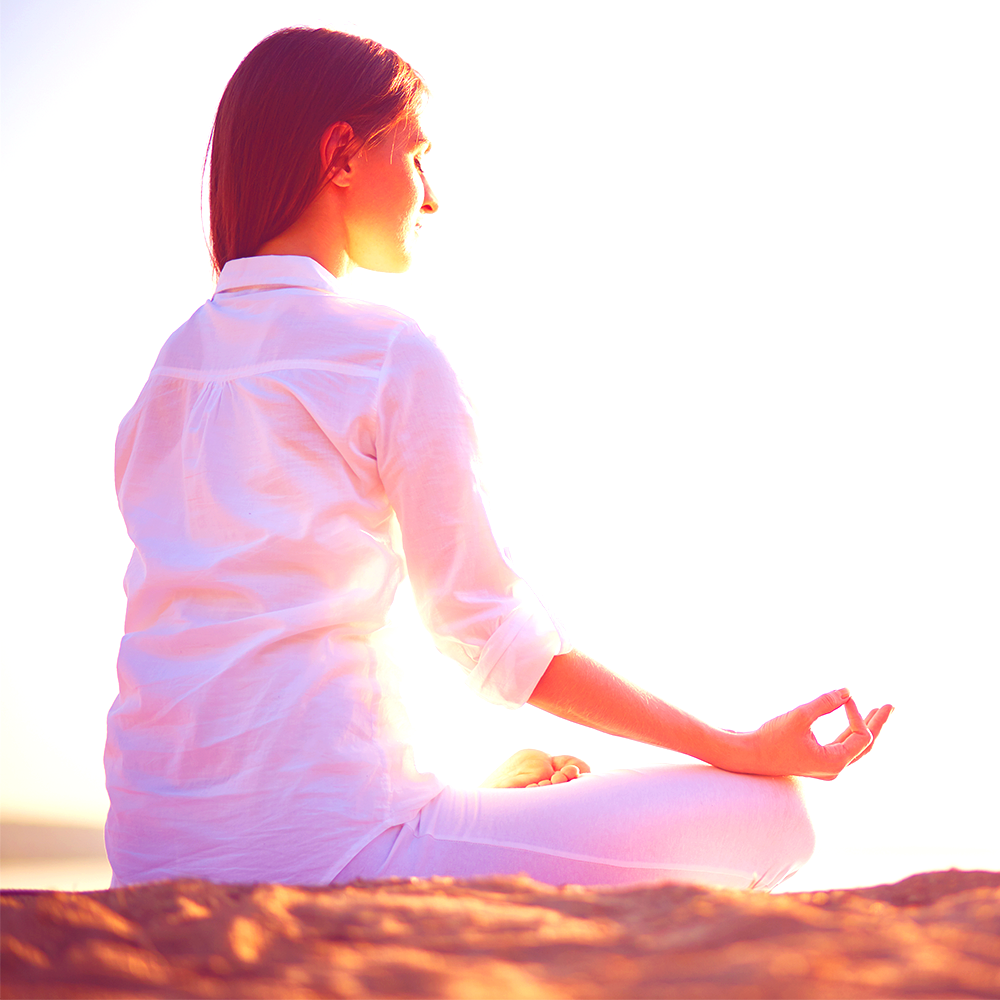
Address the full spectrum of your health with self-care - including physical, mental, emotional and spiritual well-being. Holistic practices like nutrition, yoga, nature time, therapy, massage and mindfulness meditation balance mind, body and soul. Identify any weak spots in your self-care that need bolstering. Strengthen your foundation.
Imbalances often emerge when we focus too narrowly. Stretching your body but not dealing with anxiety or getting enough sleep won’t lead to full nourishment. Treat yourself as a whole being. Maybe your self-care could better support your relationships, creative expression, sense of meaning or community. Assess all aspects to determine any gaps. Then cultivate activities that fill them with care.
Start small
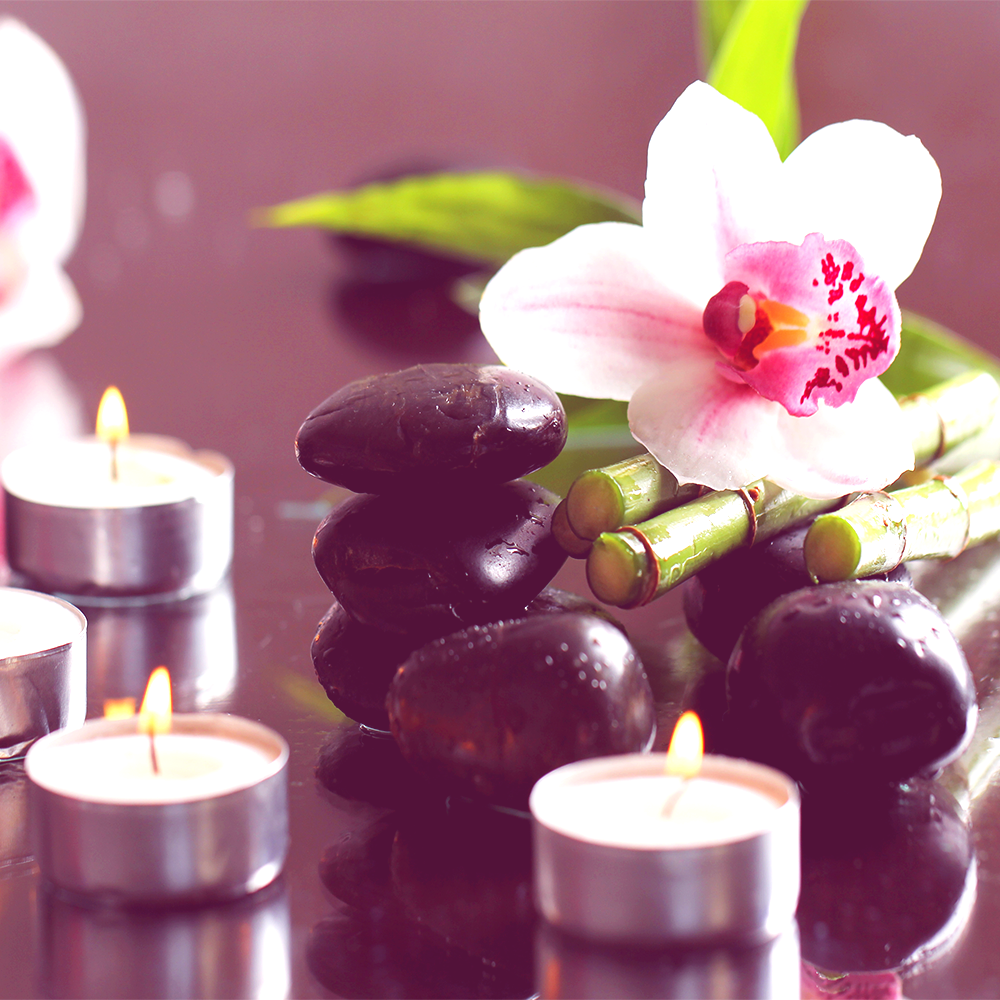
When starting a self-care routine, add one new nourishing habit at a time. Give yourself at least a month to turn each activity into a sticking habit before layering on something new. Too much too fast burns you out. Build a foundation with small steps.
Imagine constructing a house on shaky pilings - it would collapse. Similarly, piling on multiple demanding self-care practices at once risks falling apart. Start with just 5 minutes of meditation or gratitude journaling each morning. Once that’s automatic, add something new. Small steps create sustainable momentum without overwhelming your plate.
Don’t get discouraged if forming habits takes longer than expected. Be patient and keep at it. Over time, those small steps stack together into big transformations. Trust that the simple path leads exactly where you need to go.
Sample Holistic Self-Care Routine
- Morning ritual: Spend 10 minutes stretching or meditating
- Afternoon recharge: Take a quick walk outside
- Evening wind-down: Unplug from devices an hour before bed, take an Epsom salt bath
- Weekly care: Get a massage, meet with a therapist, spend time in nature
This example shows how small actions can renew us mentally and physically. What would your ideal routine include? Need suggestions, select an item from the list below.

Adopting A Holistic Diet
Hippocrates famously said, “Let food be thy medicine and medicine be thy food.” What we put into our bodies has a huge effect on how we feel each day. Here are some dietary principles and tips to improve your energy, mental outlook and overall vitality:
Eat the rainbow. Fill half your plate with a colorful variety of vegetables and fruits at each meal to get a range of protective antioxidants and nutrients.
Choose whole, unprocessed foods like whole grains, beans, nuts, seeds, and lean proteins. Limit refined sugars, flours and oils.
Stay hydrated. Drink plenty of pure water and herbal teas. Proper hydration boosts cognition and immunity.
Load up on anti-inflammatory foods like wild salmon, walnuts, blueberries, turmeric, ginger and leafy greens. Reducing inflammation helps ease pain and depression.
Consider a food sensitivity test. Hidden sensitivities to dairy, gluten or other foods may drag down your mood and energy.
Take a quality multivitamin or targeted supplements as needed for added nutrition insurance. Probiotics support gut and immune health. Omega-3s help balance mood.
Eat mindfully. Eliminate distractions, chew slowly and tune into how each bite makes you feel. This reduces stress eating and improves digestion.
With a nutritious, whole foods diet full of plenty of plants, anti-inflammatory fare and healthy fats, you'll get the essential vitamins, minerals and phyto-nutrients your body and mind need to function optimally.
Moving Your Body With Holistic Exercise

Physical movement is energy! It releases feel-good endorphins, reduces anxiety and improves focus. Ideally, aim for at least 30 minutes per day of heart-pumping activity plus regular strength training and flexibility exercises. Mixing it up keeps you motivated. Beneficial activities include:
- Walking: This simple exercise boosts circulation, eases stress and gets you outdoors. Walking in nature is especially restorative.
- Yoga: Build strength, flexibility and body awareness with yoga. It calms the mind, reduce tension and connects you with the breath.
- Hiking: Head for the hills! Time spent hiking, climbing and exploring the outdoors provides powerful mindfulness.
- Dancing: Crank up your favorite tunes and dance around the house for an instant mood boost and fun cardio workout.
- Swimming, cycling, rowing: Low-impact cardio options to elevate the heart rate without stressing joints.
- Weight training: Strength training maintains muscle mass and metabolic rate. Lifting weights counteracts age-related declines.
- Stretching: Daily stretching keeps the body supple and injury-free. Try yoga, pilates or targeted stretching routines.
- Bodywork: Massage, acupuncture and other hands-on therapies release muscle tension and promote healing.
Make physical activity something you look forward to by choosing enjoyable, rewarding activities. Listen to your body so exercise rejuvenates rather than drains you. Move in ways that help rather than hurt.
Lifting Your Spirit Through Creativity and Passion
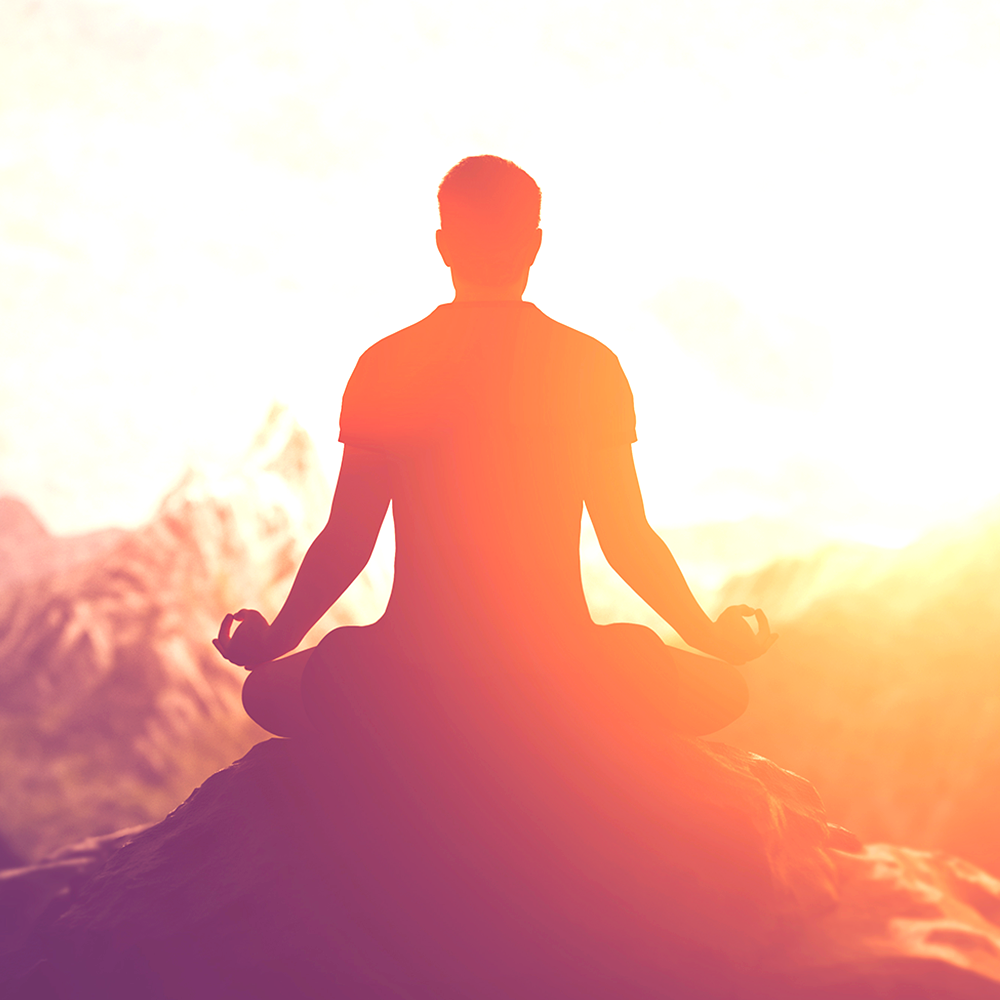
Creativity is our birthright - it lives within all of us! Tapping into your creative spirit counteracts stress and adds joy to life. Plus, pursuing your passions and interests gives a sense of purpose. To activate your inner artist and feed your soul:
- Sing, dance, play music, paint, scrapbook, knit, write poetry, take photos. Get those creative juices flowing!
- Take an art or DIY class to spark new hobby ideas. Learning new skills builds confidence.
- Share your creativity with others through a blog, art fair, Etsy shop, musical performance, contest entry or community education class.
- Spend time immersed in nature, your "muse." Take photos, collect leaves or sketch trees.
- Turn daily tasks into meditative art - transform cooking, gardening and household chores into mindfulness.
- Find the beauty around you. Appreciate colors, textures, sounds and moments of grace.
- Pursue forgotten dreams! Did you always want to learn guitar? Start that novel? Perfect - go for it! It's never too late.
As author Elizabeth Gilbert writes, “Creativity is a crushing chore and a glorious mystery. The work wants to be made, and it wants to be made through you." Let your inner light shine bright by making time for creative play.
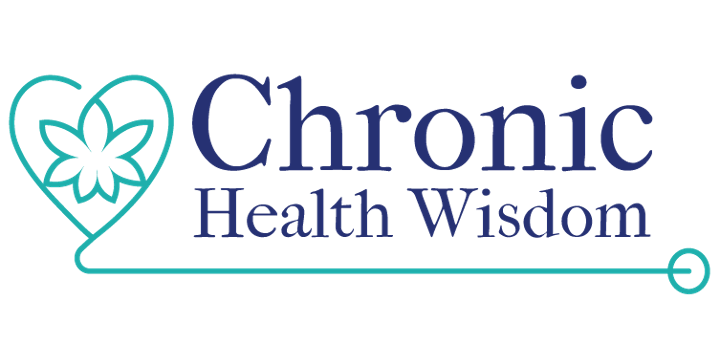
Clearing Your Mind With Meditation
In our busy modern lives, it's crucial yet challenging to give our minds the downtime they require to function at their best. Meditation - the simple practice of focused awareness - allows the mind to take a break and creates lasting calm. Research shows meditation literally changes brain structure, reducing activity in the worry centers. To enjoy the benefits:
- Start small. Just 5-10 minutes per day is enough. Find a quiet space, set a timer and sit comfortably.
- Focus on your breath. The breath is an "anchor" to gently pull wandering attention back into the moment. Inhale and exhale consciously.
- Be patient and non-judgmental. When your mind does wander, guide it gently back to the breath. Meditation takes practice!
- Try guided meditations. If staying focused is difficult, look for recorded meditations that verbally lead you through it.
- Practice mindfulness. Bring meditative presence into everyday tasks like washing dishes, walking or eating a meal.
- Download a meditation app like Calm, Headspace or Insight Timer. These provide structured programs and reminders.
- Keep it consistent, but brief. More short sessions are better than long sessions now and then.
By carving out small pockets of calm amid the chaos, meditation reduces anxiety, boosts focus, encourages compassion, and brings us fully into the now. Make it part of your holistic self-care routine.
Infusing Your Life With Uplifting Experiences
Our lifestyle habits and daily routines have a huge effect on how we feel physically and mentally. Luckily, we can thoughtfully engineer our days to include more positive, elevating experiences while limiting unnecessary stress and dissatisfaction. Try:
- Starting a gratitude journal. Writing down a few things you're grateful for each morning powerfully shifts perspective.
- Listening to or playing uplifting music. Music touches the psyche in powerful ways. Use it to change your mood or energy level.
- Spending time in nature. Studies show walking in natural settings reduces rumination and depression.
- Practicing random acts of kindness. Doing good feels good! Try volunteering or helping others in small ways.
- Setting positive affirmations. Hang up notes saying “I am strong” or “I radiate joy.” Repeat them when you need a boost.
- Living with intention. Identify your core values like growth or community, and align activities with them.
- Cultivating community. Make time for friendships. We all need encouragement and companionship.
- Learning new things. The brain thrives when challenged. Take a class or online course to keep mentally engaged.
- Infusing creativity into everyday tasks. Find the creative satisfaction in cooking, gardening, decorating and more.
When you infuse your days with uplifting elements you enjoy, life naturally feels more joyful and fulfilling. Action step: Brainstorm a list of 10 uplifting experiences to try, then add one per week.
Healing With Holistic Therapies
Some of the most profound healing happens in places we don't necessarily expect - in the quiet moments of stillness between actions or thoughts, in the vibrational shift from one emotion to another, in the gentle laying on of hands. Holistic therapies access these subtler dimensions in order to create deep change. Beneficial complementary treatments include:
Acupuncture: This ancient Chinese medicine technique balances energy flow by placing tiny needles along meridian points. Acupuncture eases pain, nausea, stress and more.
Massage therapy: Massage releases stored tension, increases circulation, flushes out toxins and induces profound relaxation. Regular massage helps manage stress and reduce pain.
Energetic healing: Modalities like Healing Touch and Reiki use light touch along with subtle energy therapy to accelerate healing. Beneficial for mind, body and spirit.
Essential oils: Pure, potent plant extracts offer physical and emotional healing. Lavender and chamomile oils calm the mind. Peppermint energizes. Frankincense and rose uplift mood.
Counseling/therapy: Processing emotions and limiting beliefs with a trained professional brings insight, empowerment and fresh coping tools. It's not just for "emergencies" - therapy facilitates ongoing growth.
Ayurveda: This 5,000 year old Indian system uses diet, exercise, massage, herbs and cleansing practices to balance mind-body health according to one's dosha or constitution.
Open your mind to the profound benefits possible through holistic modalities like these when used as a complement to standard medical care. Their gentle power often provides the "missing piece" on the journey to wholeness.
Achieving Health From the Inside Out
While this guide covered many holistic self-care techniques, each person's path to health is unique. True healing happens from within, through learning to listen to your own body's needs, nurturing yourself with compassion and seeking the modalities that resonate most right now. Here are some final tips:
Keep exploring new self-care practices until you find those that make you come alive and feel restored.
Go at your own pace to avoid burnout. Small steps in the right direction make a big difference over time.
Check in with guidance from your integrative doctor, health coach or other providers to personalize your holistic plan.
Remember your inherent wholeness. You are so much more than your current challenges. Have faith in your innate healing potential.
Focus on progress over perfection. Expect setbacks and be kind to yourself. Every day is a new chance to start fresh.
Envision the thriving, vibrant person you are growing into through self-care. Your future self thanks you!
You have everything you need within you to cultivate your best health and highest level of well-being. With consistent self-love and by integrating the holistic self-care strategies that work for you, you'll start feeling - and being - better than ever before. Your journey begins from right here, right now. Are you ready?
Wishing you the very best in health and happiness.